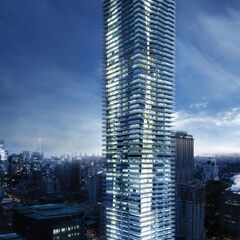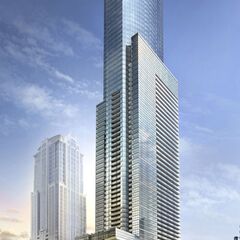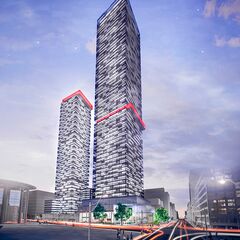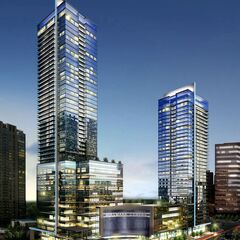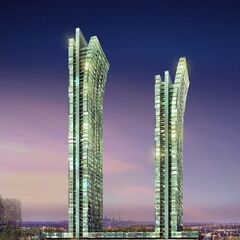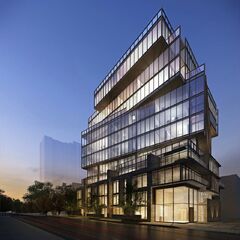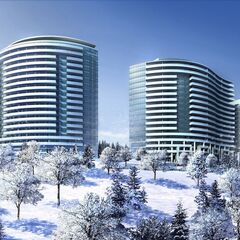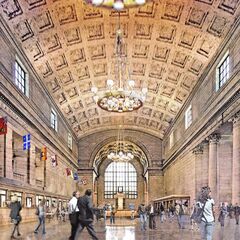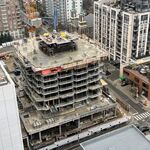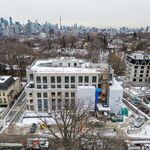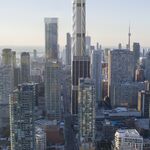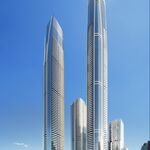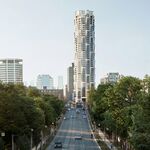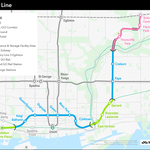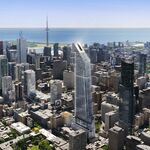Have you ever wondered why development happens where it does? UrbanToronto begins a series on the development process, intended to explain how and why development applications are approved in the city. To understand this process, we begin with the Toronto Official Plan.
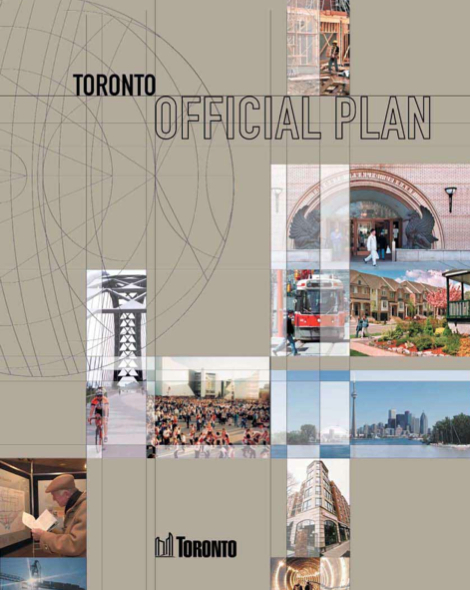 Toronto Official Plan, image by City of Toronto
Toronto Official Plan, image by City of Toronto
What is an Official Plan?
The Planning Act governs land use and the responsibility for decisions that affect land uses in Ontario. It requires municipalities in the province to have their own Official Plans. According to the Ministry of Municipal Affairs and Housing, an Official Plan “describes your upper, lower or single– tier municipal council’s policies on how land in your community should be used…and helps to ensure the future planning and development will meet the specific needs of your community”. In addition, the Provincial Policy Statement issues statements under the Planning Act on land use planning issues of provincial interest. These two pieces of legislation can include other province-wide guidelines that impact Official Plans, such as the Greenbelt Act and the Growth Plan for the Greater Golden Horseshoe. Municipalities have the responsibility to ensure that their Official Plans conform to policies set out by the Ministry of Municipal Affairs and Housing. The five year review of Official Plans has been underway for some time now as municipalities update their plans to conform with those of the province.
The Toronto Official Plan
One of the Toronto Official Plan’s primary goals is reurbanization. Generally, reurbanization is intended to focus growth and development in areas of the city that already have infrastructure (roads, transit, hydro) in place instead of expanding into the urban fringe. Directing growth to existing urban areas meets intensification guidelines and saves money, as the city does not have to invest in infrastructure in new areas.
A key priority of the Toronto Official Plan is to concentrate growth in Downtown and The Centres (Yonge-Eglinton, Scarborough, North York, Etobicoke). These areas of the city are well-served by the transit system and offer a good mix of residential, employment and local services (institutional, cultural, shopping) that reduce the need to use a car and encourage more transit use and walking. With this in mind, it is easier to understand why many of the projects on UrbanToronto are located in Downtown and The Centres. These projects are often large and will have dramatic impacts on the urban form, and therefore generate a lot of interest.
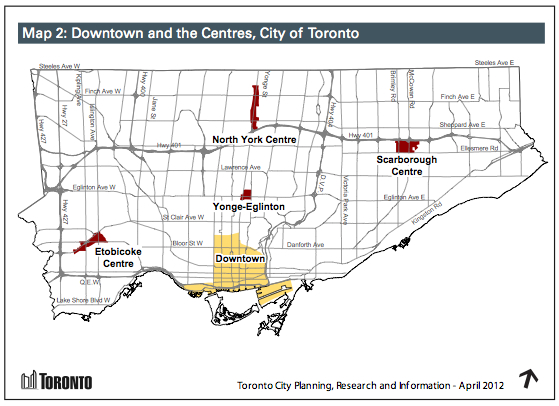 Downtown and The Centres, image by City of Toronto
Downtown and The Centres, image by City of Toronto
Very large developments such as One Bloor East, Trump International Hotel & Tower and the Aura at College Park are all located along the city’s major transit spine, the Yonge subway. Other large projects along the Yonge line are located in the Centres, such as Yonge-Eglinton’s E Condos and The Madison or the Hullmark Centre and Emerald Park Condos at North York Centre.
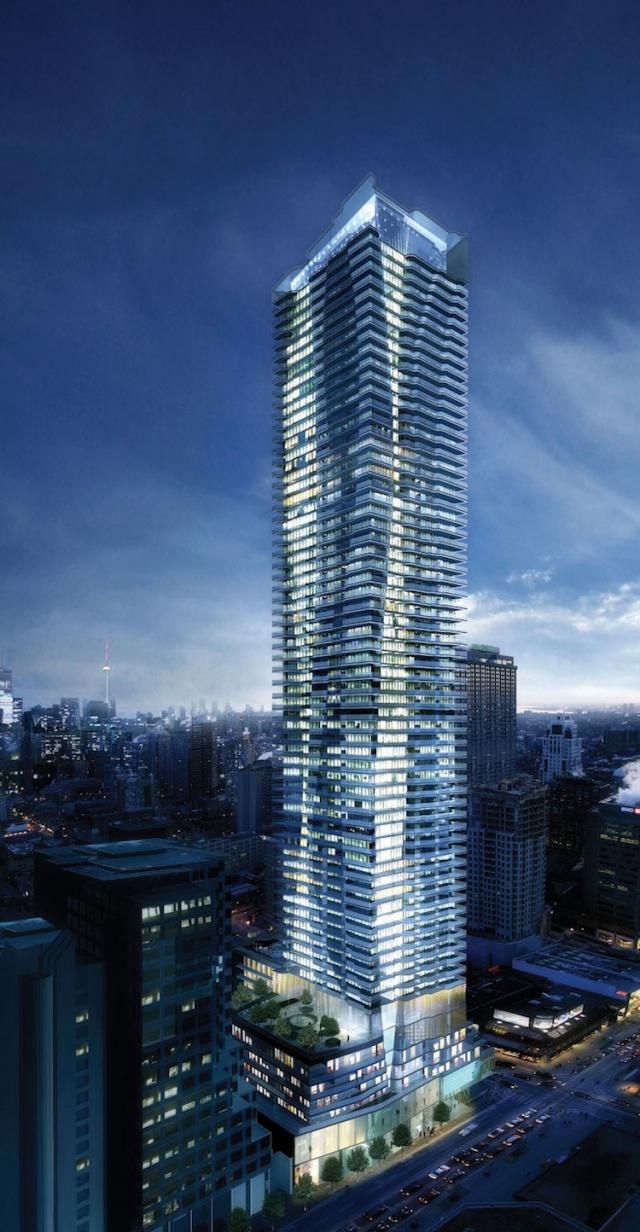 One Bloor East, image by Great Gulf Homes
One Bloor East, image by Great Gulf Homes
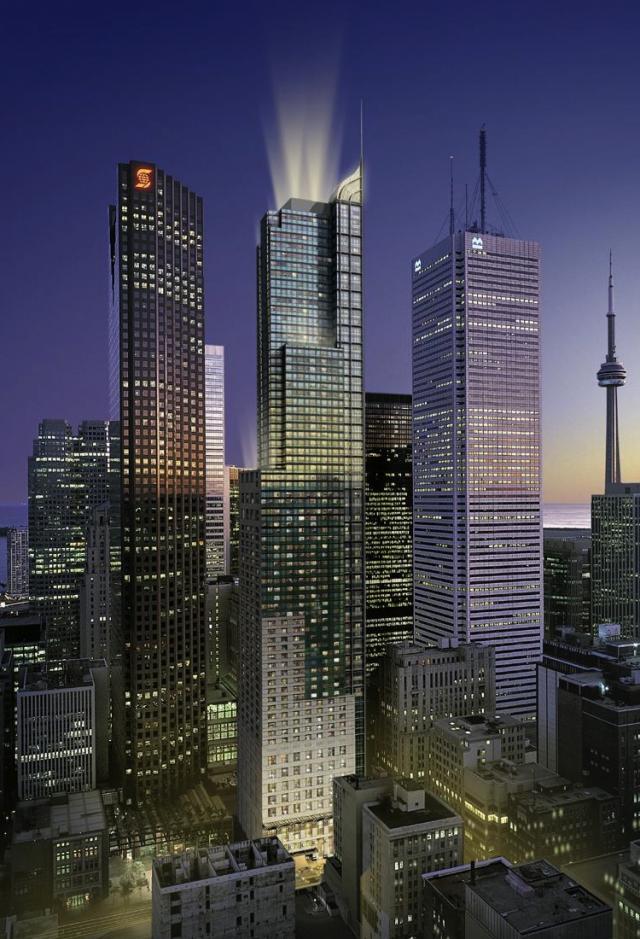 Trump International Hotel & Tower Toronto, image by Talon International
Trump International Hotel & Tower Toronto, image by Talon International
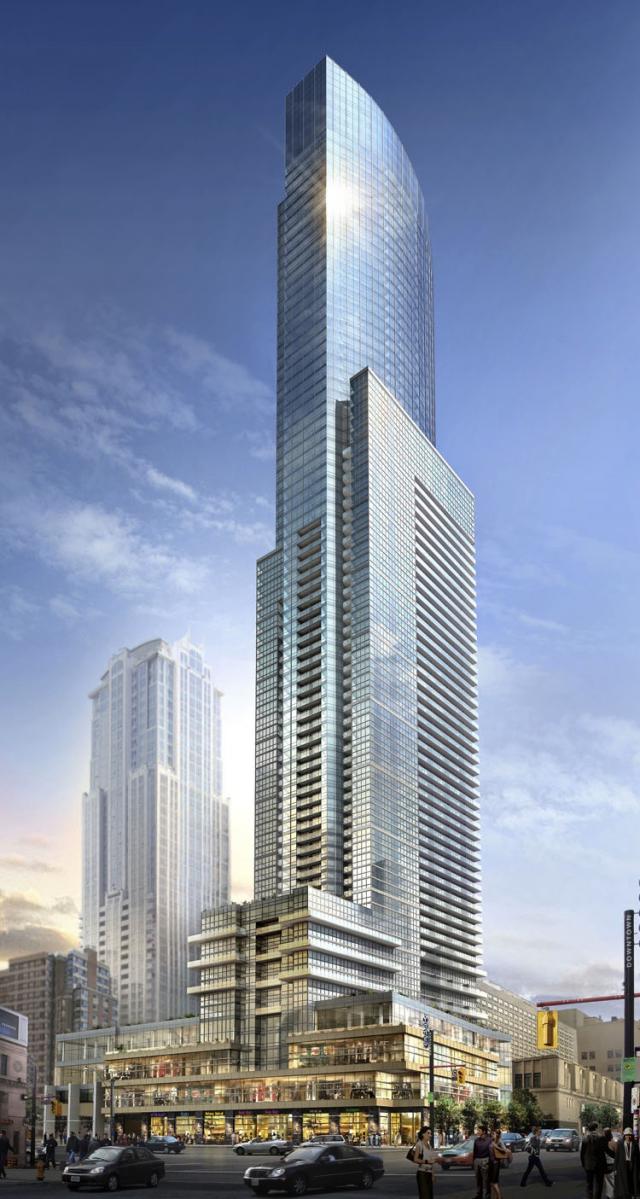 Aura at College Park, image by Canderel Stoneridge
Aura at College Park, image by Canderel Stoneridge
It is no coincidence that these towers are located at or near Toronto’s major transit nodes. One Bloor East at the intersection of the Yonge and Bloor-Danforth subway lines; E Condos at Yonge and Eglinton, where the new Crosstown LRT will meet the Yonge subway within a decade; and Hullmark Centre where the Yonge and Sheppard subway lines meet.
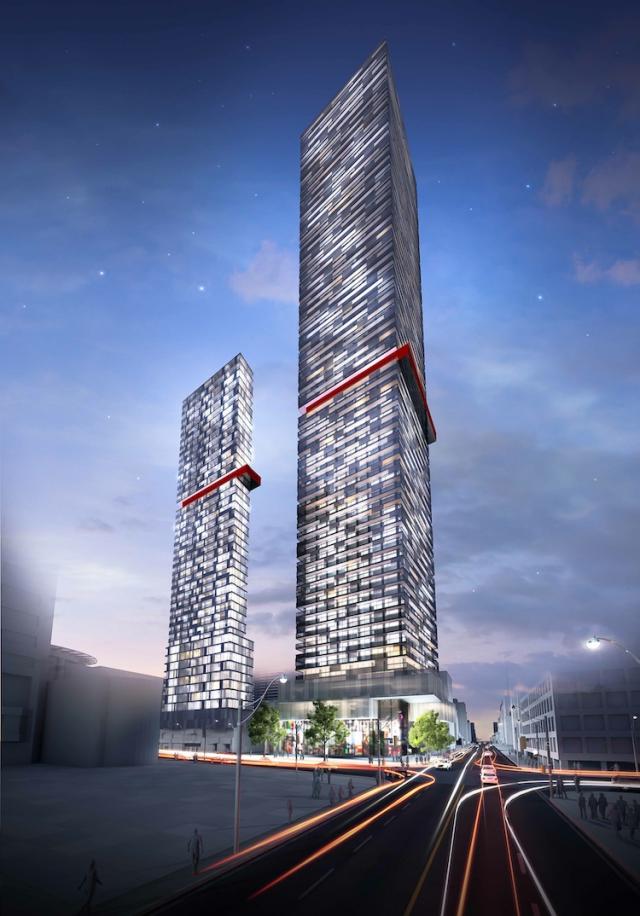 E Condos, image by Bazis Inc., Metropia & RioCan
E Condos, image by Bazis Inc., Metropia & RioCan
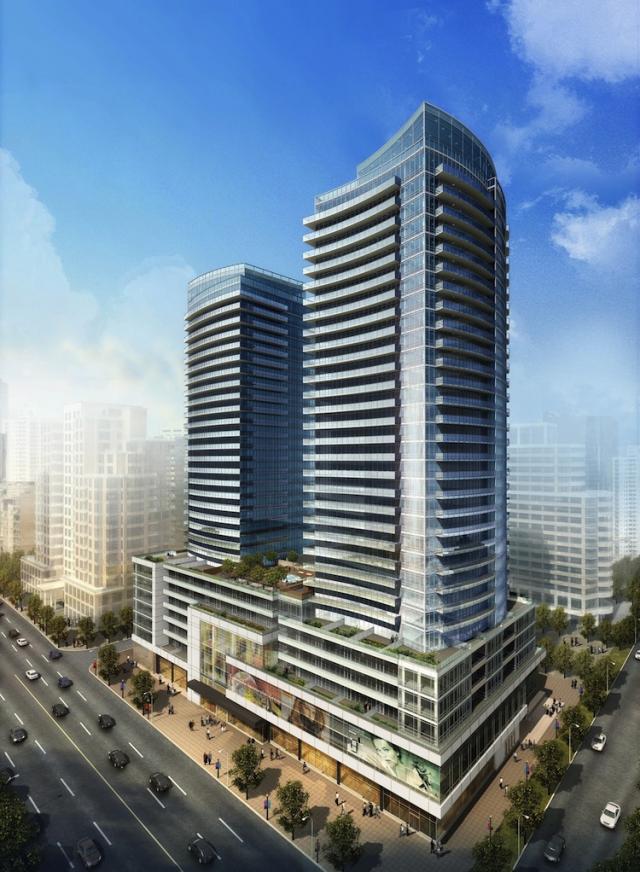 The Madison, image by Madison Homes
The Madison, image by Madison Homes
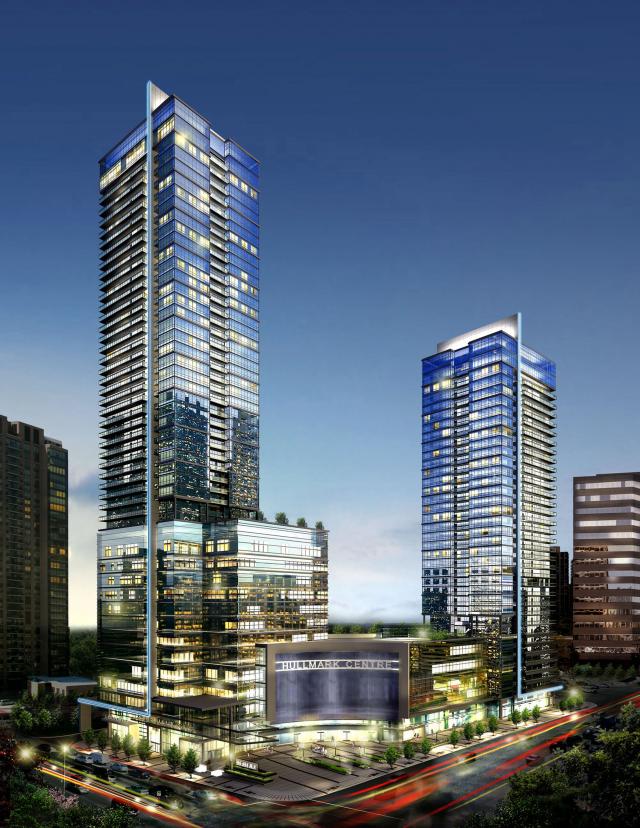 Hullmark Centre, image by Tridel & Hullmark Developments
Hullmark Centre, image by Tridel & Hullmark Developments
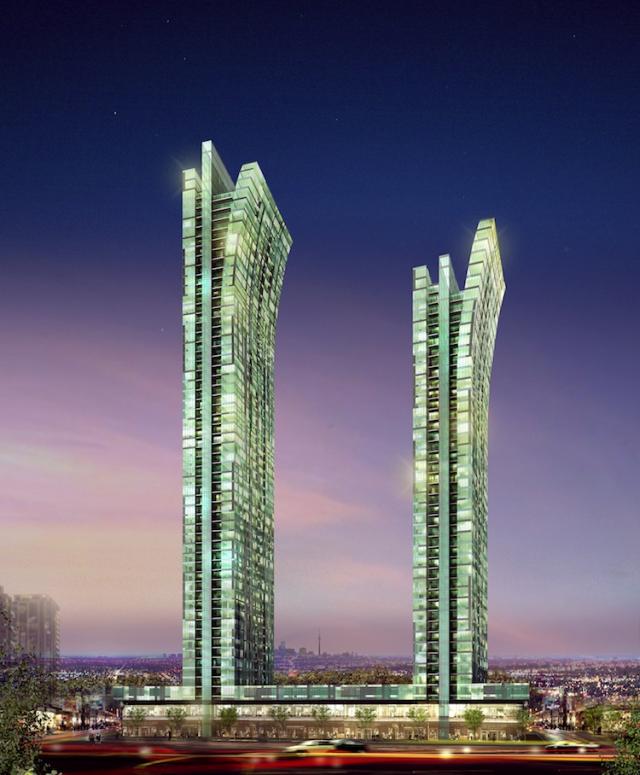 Emerald Park Condos, image by Metropia,Plazacorp & Bazis International
Emerald Park Condos, image by Metropia,Plazacorp & Bazis International
Other areas identified for intensification in the Toronto Official Plan are The Avenues. The Avenues are arterial corridors found along heavily used streetcar and bus routes, and are classified for mixed-use midrise development. Projects such 8 Gladstone, 12 Degrees and The Carlaw are all midrise developments located on major east-west corridors. This trend is evident in midtown Toronto as well, with the Scenic on Eglinton eventually being served by the Crosstown LRT.
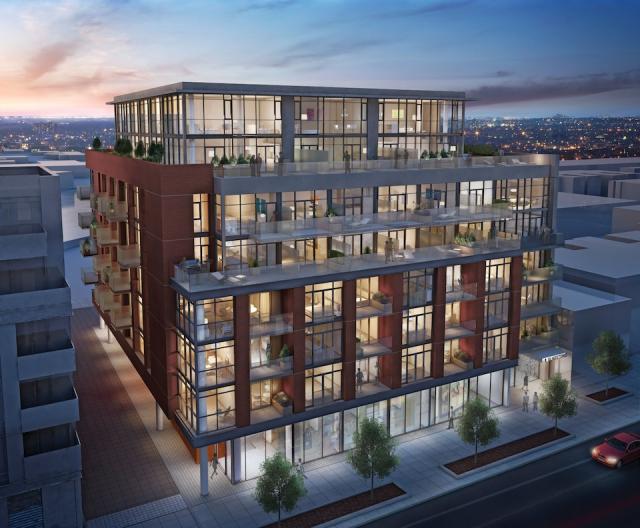 8 Gladstone, image by Streetcar Developments
8 Gladstone, image by Streetcar Developments
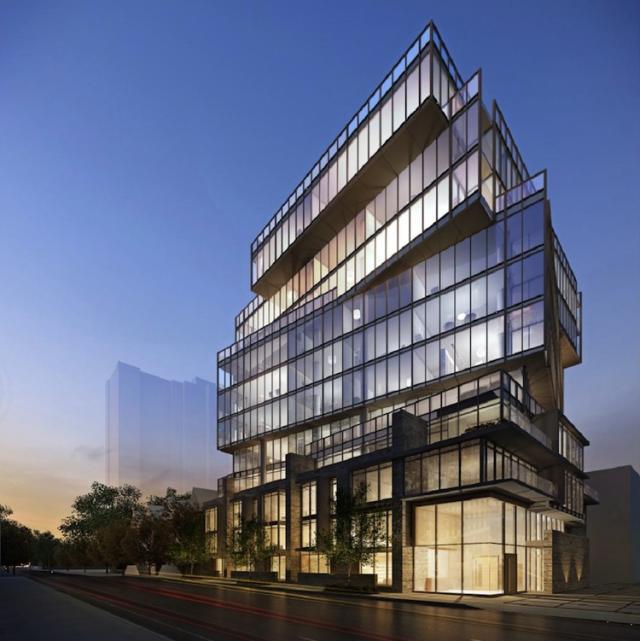 12 Degrees, image by BSaR Group
12 Degrees, image by BSaR Group
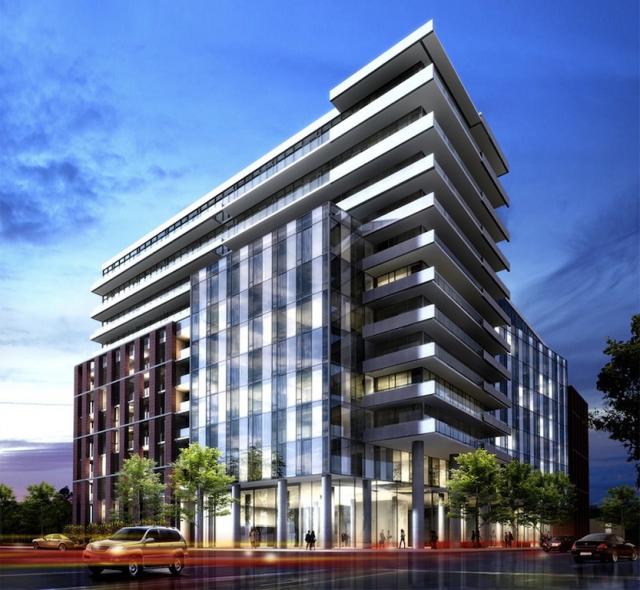 The Carlaw, image by Streetcar Developments
The Carlaw, image by Streetcar Developments
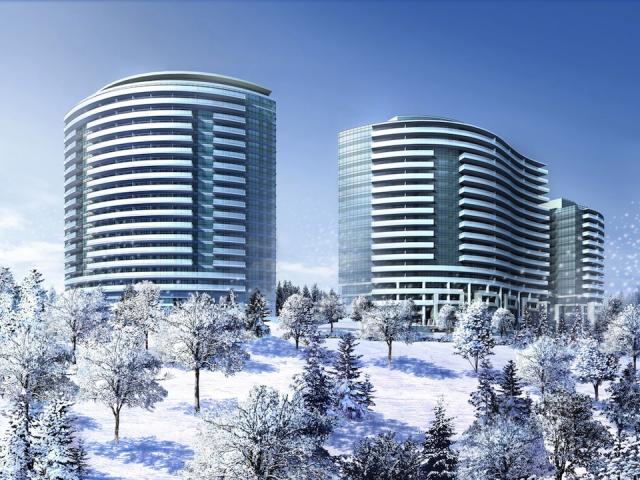 Scenic on Eglinton, image by Aspen Ridge Homes
Scenic on Eglinton, image by Aspen Ridge Homes
The location and type of development (land use, building height) are direct results of the policies set out in the Toronto Official Plan and its sections that outline appropriate growth for Downtown, The Centres and The Avenues. As a rule of thumb, large developments tend to be approved in close proximity to transit lines and particularly near major transit hubs such as Union Station, Yonge and Bloor, and Yonge and Eglinton. The next time you come across a new development in the city, take a minute and think about its location and the services and amenities that surround it. This will provide clues as to why that type of project has been approved for that particular site.

 4.3K
4.3K 



